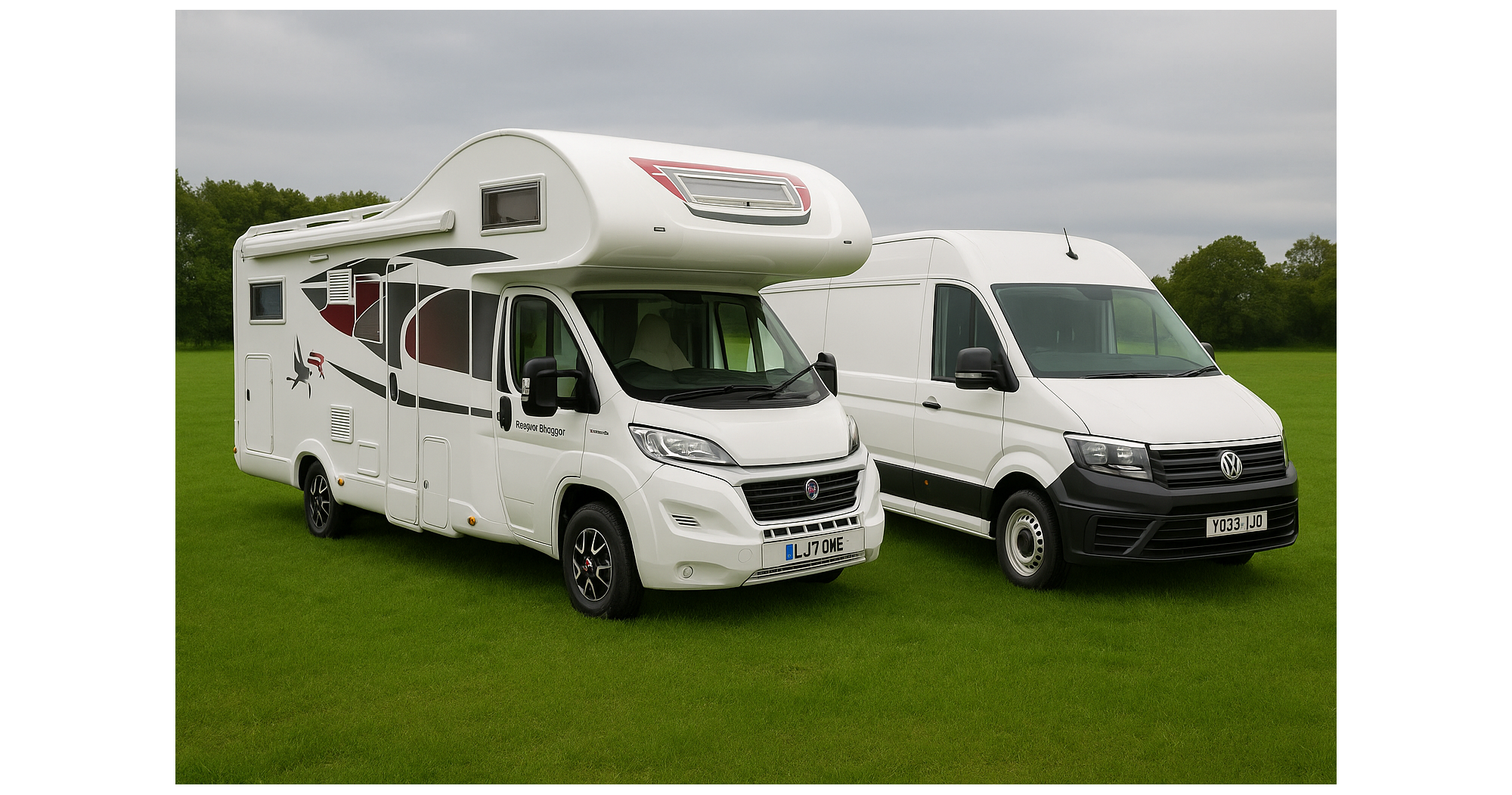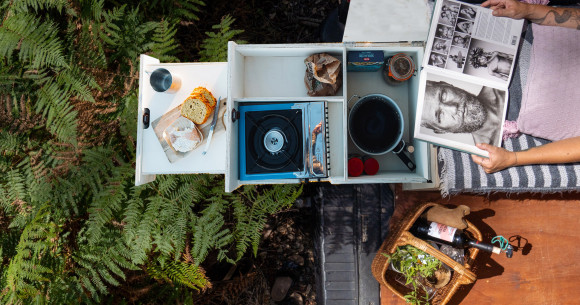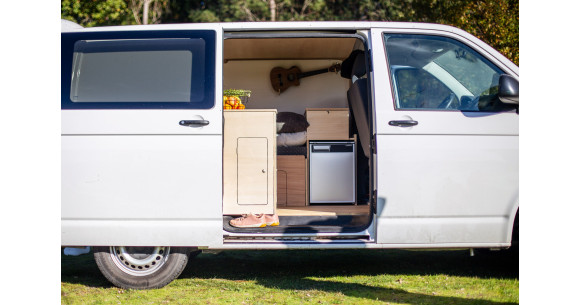Motorhome vs Large Van: Why Bigger Isn’t Always Better
A conversation about upgrades, compromises, and what really matters in van life.
I had an interesting talk with my mate Benedict last week. He’s been living the van life dream for a decade with his trusty Mercedes Vito conversion. Solo summer surf trips are his true love. A fridge with cold beers. Bare necessities only. He sleeps in the van when he needs to, then once he's found a quiet camping spot with a nearby wave, he sets up his bell tent, a portable mozzie net, a camp chair, a sketchbook, and he's happy as can be.
His wife Netty used to be his eager co-pilot, but she’s been joining fewer and fewer trips. Why? Well, partly because summer is her busy time with work. But what she really wants is something (a lot) bigger with a few mod cons for extended winter trips to Scotland. Hot shower and a decent kitchen a must. Dishwasher would be nice, but she's prepared to make compromises. Ok, not that many compromises.
Benedict’s solution? Ditch the van entirely and drop £45,000 on a motorhome.
I think he’s making a mistake. Here’s why.

Size Matters (And Not in a Good Way)
Motorhomes are big. And slow. The sort of big that makes you think twice before taking the “short scenic route” your sat nav suggests. That means:
• Narrow country lanes are suddenly no-go zones.
• City centres become parking nightmares.
• Ferry costs multiply on European trips.
• Fuel bills balloon — especially at today’s prices.
• Storage headaches when you’re not using it.
• Long tailbacks behind you in summer traffic
A large Sprinter, even in long wheelbase, is still fundamentally a van. It goes where cars go, parks (mostly) where cars park, eats up long journeys and doesn’t announce itself as a mobile holiday home.

The Bathroom Question: Already Solved
Netty wants a shower, and Benedict thinks that means motorhome. But the VW Grand California is a medium wheelbase van with an indoor shower — proof you can make it work in a van-sized space.
In reality, it’s not about space — it’s about design and priorities.
Toilets: Two schools of thought:
• Fixed installation (cassette or composting): always ready, but eats into layout and adds complexity.
• Stashable (Boxio): appears when you need it, disappears when you don’t. Perfect if you value flexibility over permanent fixtures.
Bottom line? Your bathroom doesn’t need to dominate your floorplan. It just needs to be there when you need it. Sometimes that means a compact indoor cubicle cleverly worked into your layout; other times it’s a stashable loo and a tent-style pop-up shower kit you can set up in seconds. The important part is having the option — not sacrificing half your living space for it.

The €45k Question: What Does Your Money Actually Buy?
Benedict’s motorhome budget is €45,000. Let’s make that concrete.
Motorhome route:
• 6–8-year-old used model.
• Fixed, unchangeable layout.
• Size and access limitations baked in.
• Higher running costs (insurance, fuel, storage).
Pro/Self-build hybrid Sprinter route:
You don’t have to choose between full pro-build and full DIY. Let the pros handle the technical stuff — insulation, electrics, plumbing, heating, windows — then you do the fun part: wall cladding, furniture, finishing touches.
See our insulation guide for why a proper job matters, and our design manifesto for ideas on keeping it functional and uncluttered.
With €45k, Benedict could get:
• A 2 year-old, low mileage Crafter or Sprinter (€25k).
• Full professional install of core systems (€15k).
• A Simple Vans Family Classic kit (€3299)
• High-quality self-build materials (€1500).

The Simple Plus Advantage
This is exactly why we designed Simple Plus — smart layouts for bigger vans.
In a large van, the temptation is to fill every corner. Resist it. A proper shower room, functional kitchen, ample storage, and space to relax is all you really need. The rest is just clutter in disguise.
Why Principles Matter More in Big Vans










